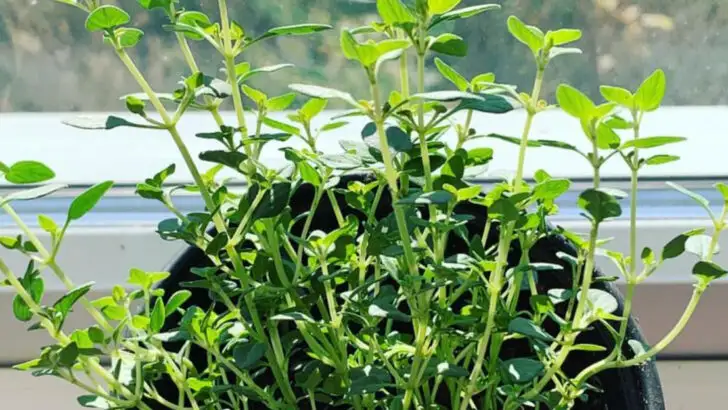There’s something timeless—and powerful—about growing your own healing herbs. These plants have been used for centuries to treat everything from headaches and indigestion to stress and insomnia. Today, they’re more relevant than ever, especially for home gardeners looking to create a space that nourishes both the body and the soul.
In this article, we’ve gathered 20 herbs every garden should grow—not just for flavor, but for function. Think chamomile to calm the nerves, echinacea to boost immunity, or lemon balm to soothe digestion and lift your mood. And we won’t stop at naming them—we’ll show you exactly how to use them, whether in teas, tinctures, salves, or even cooking.
At Plantisima, we believe gardening should be empowering, personal, and healing. These herbs don’t just sit pretty—they offer real, tangible benefits for your daily life. So if you’re ready to grow a garden that gives back in more ways than one, start with these 20 healing powerhouses.
Chamomile
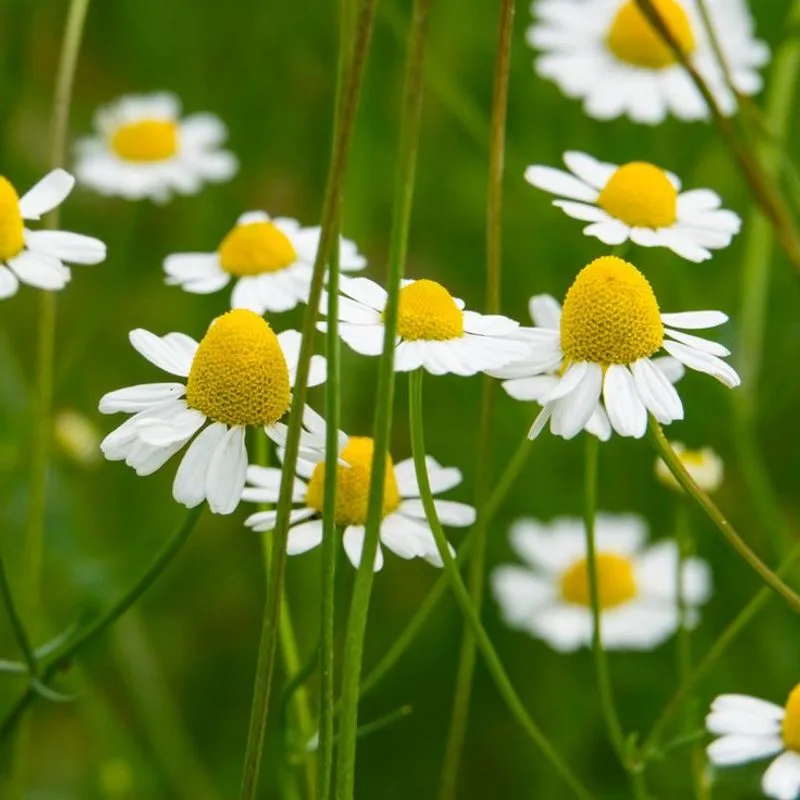
Chamomile’s gentle flowers have long been cherished for their calming properties. Known for its soothing effects, a warm cup of chamomile tea is perfect for winding down after a hectic day. The flowers can be harvested and steeped to create relaxing herbal infusions.
A staple in gardens around the world, chamomile also makes a delightful addition to homemade skincare products. Its anti-inflammatory properties can soothe irritated skin, making it a versatile herb for health and beauty alike. With its mild, apple-like scent, chamomile is as pleasing to the senses as it is beneficial.
Lavender
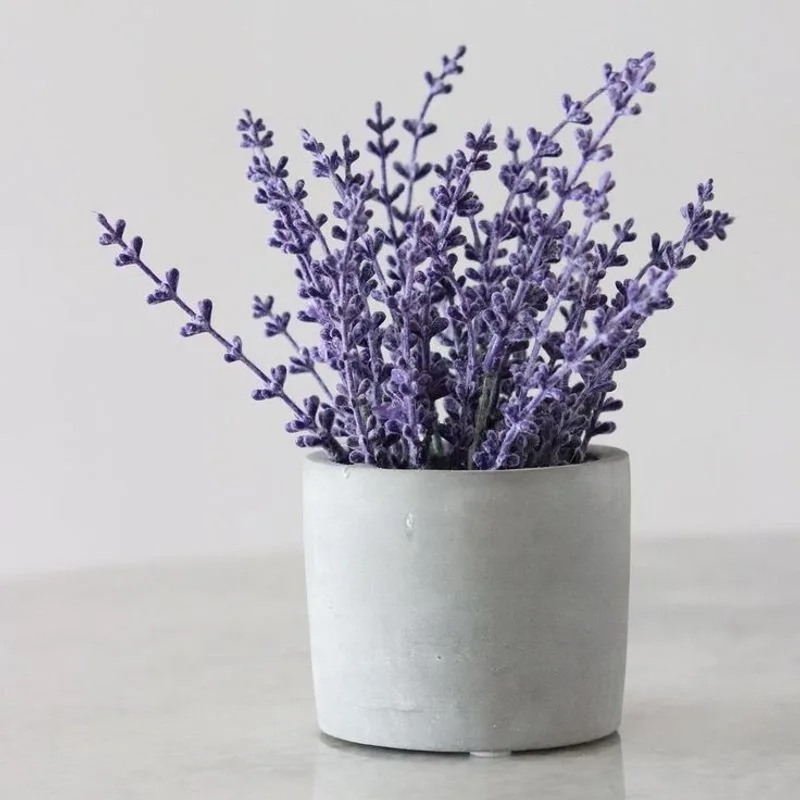
Lavender’s aromatic allure is more than just enchanting; it’s a natural stress reliever. Essential oils extracted from its flowers can help alleviate anxiety and insomnia. Incorporating lavender into your garden offers not just beauty but a fragrant escape from daily stress.
Lavender’s versatility extends to culinary delights too. Imagine lavender-infused honey or cookies gracing your kitchen table.
For centuries, lavender has been used in linen closets to keep clothes fresh. This herb is a timeless symbol of tranquility and elegance, both in the garden and beyond.
Peppermint
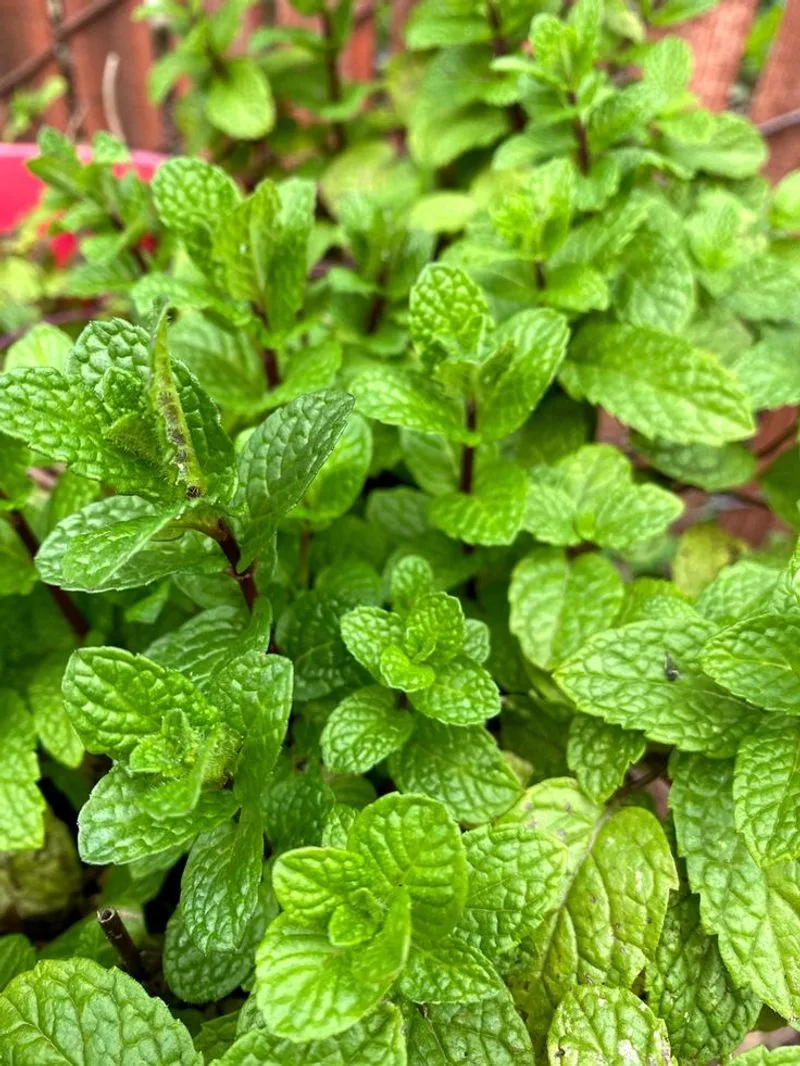
Peppermint is not just a flavor; it’s a sensation. Known for its invigorating aroma and cooling effect, peppermint leaves can be used in teas to aid digestion and relieve headaches. Planting peppermint in your garden ensures a refreshing supply for culinary and medicinal purposes.
Beyond teas, peppermint can be an invigorating addition to homemade soaps and lotions. Its sharp, minty freshness is both uplifting and soothing, acting as a natural pick-me-up. Whether brewed or blended, peppermint is a garden staple with a fresh twist.
Echinacea
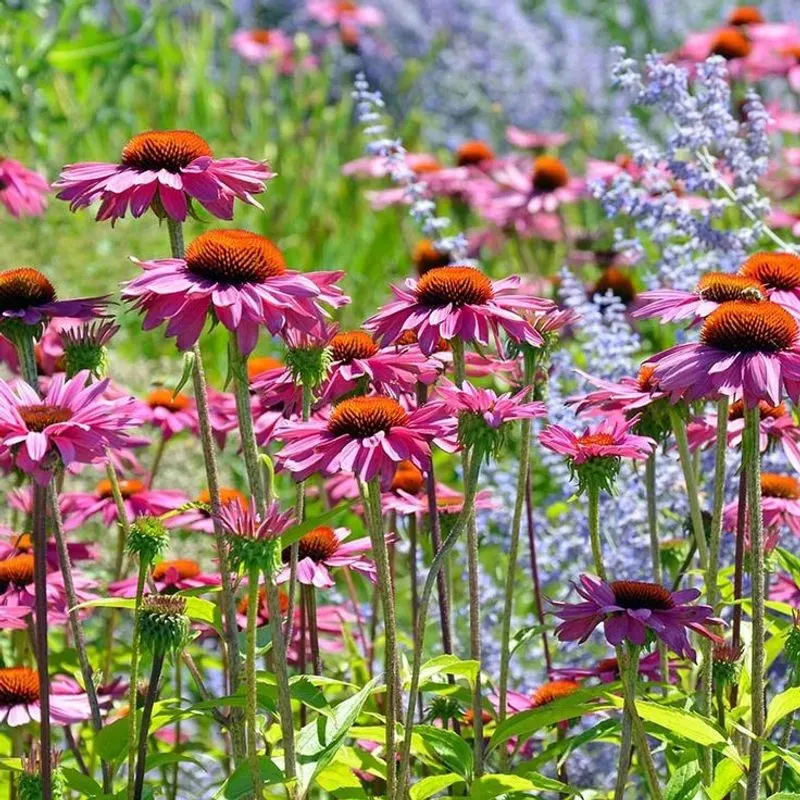
Echinacea, or coneflower, is celebrated for its immune-boosting properties. Often used in teas, this vibrant flower is a must-have for those keen on natural health remedies. It supports the body’s defenses, making it a popular choice during cold seasons.
Aside from teas, echinacea can be used in tinctures and capsules. The flower’s unique appearance also adds a splash of color to gardens, attracting butterflies and bees. Beyond its visual appeal, echinacea is a powerhouse in any herbal toolkit, blending beauty with practical benefits.
Lemon Balm
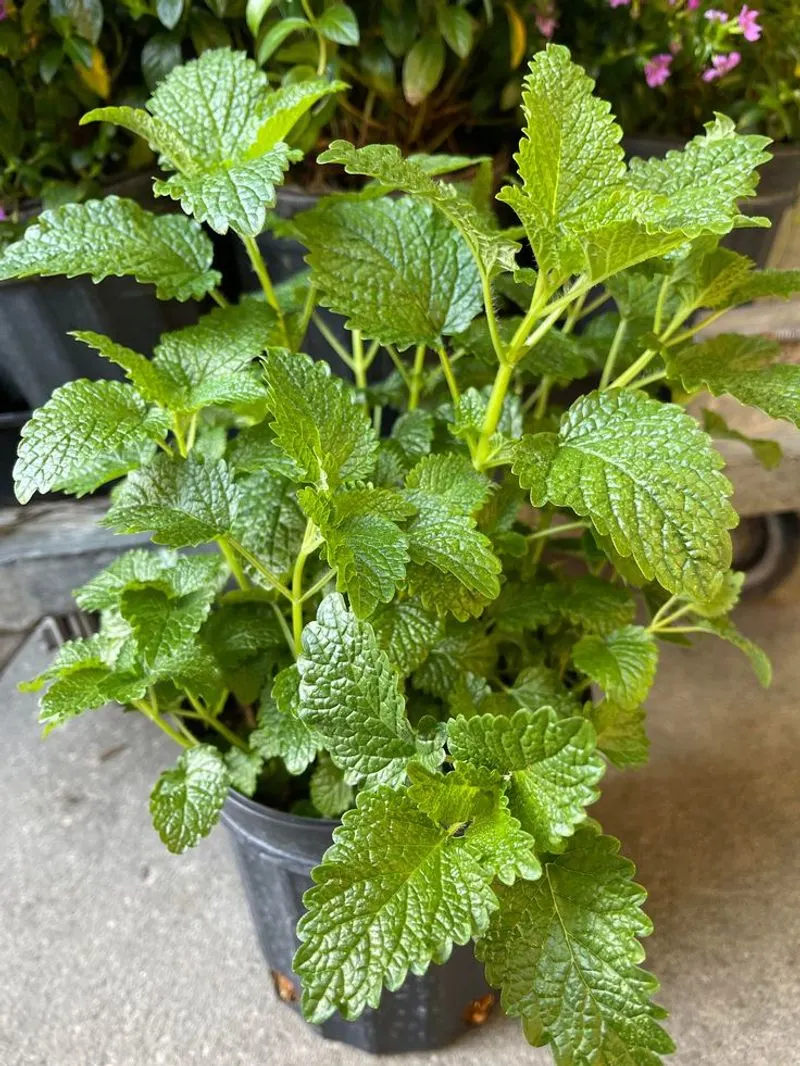
Lemon balm’s gentle citric aroma acts like a ray of sunshine in the garden. Perfect for teas and culinary dishes, it offers a mild lemon flavor that brightens any recipe. Known for uplifting the spirit, lemon balm is often used to alleviate stress and anxiety.
In addition to soothing teas, lemon balm can be used in tinctures or as a refreshing addition to fruit salads. This herb is not only a flavorful companion in the kitchen but a calming presence in any household. A garden must-have for those seeking serenity.
Thyme
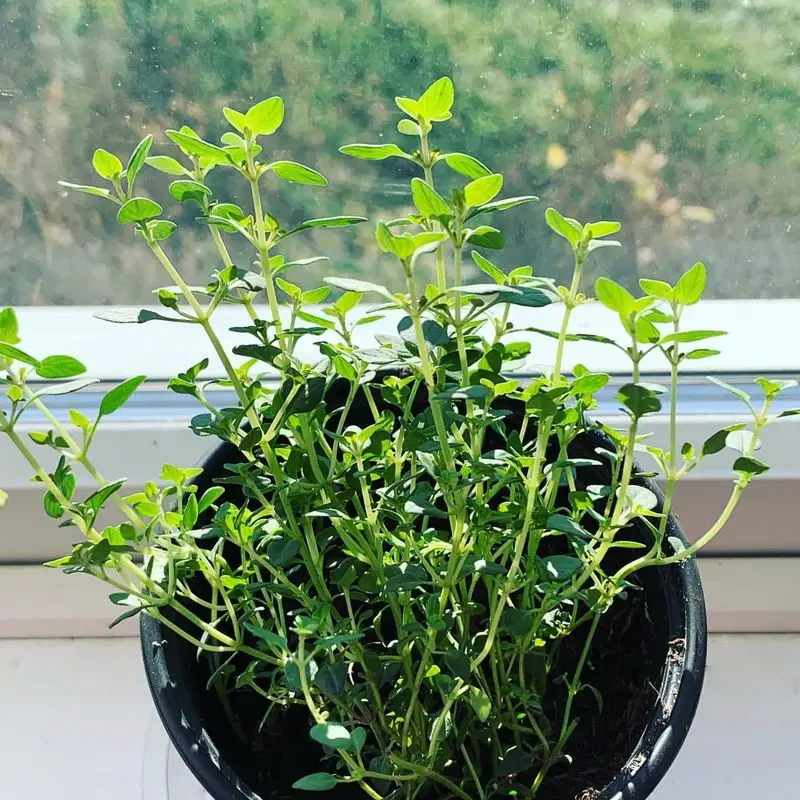
Thyme is more than just a kitchen staple; its antiseptic properties make it a valuable herb. Often used in cooking, thyme’s earthy flavor enhances soups, stews, and roasts. In herbal medicine, it’s known for supporting respiratory health, often used in teas and gargles.
Thyme’s hardy nature makes it an easy addition to any garden. The Greeks revered it as a symbol of courage. Beyond its culinary prowess, thyme’s medicinal uses date back centuries, proving its timeless value. This herb stands out as a robust companion, both in the garden and the kitchen.
Sage
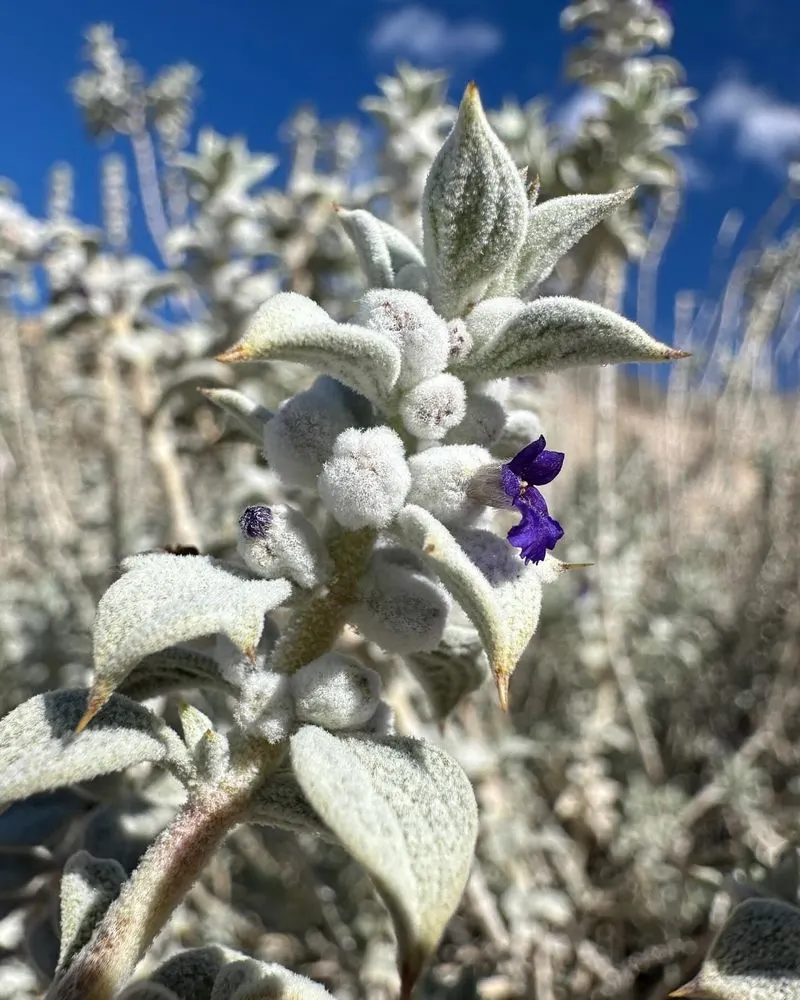
Sage is a garden’s silent powerhouse. Renowned for its earthy aroma, it’s often used in cooking to add depth to dishes like stuffing and sausages. Medicinally, sage is known for its anti-inflammatory and antioxidant properties.
In the garden, sage attracts pollinators such as bees, adding a lively buzz. With a history steeped in tradition, it’s often used in rituals and for cleansing spaces. This herb’s versatility and beneficial properties make it an essential feature in any herb garden, blending tradition with practicality.
Calendula
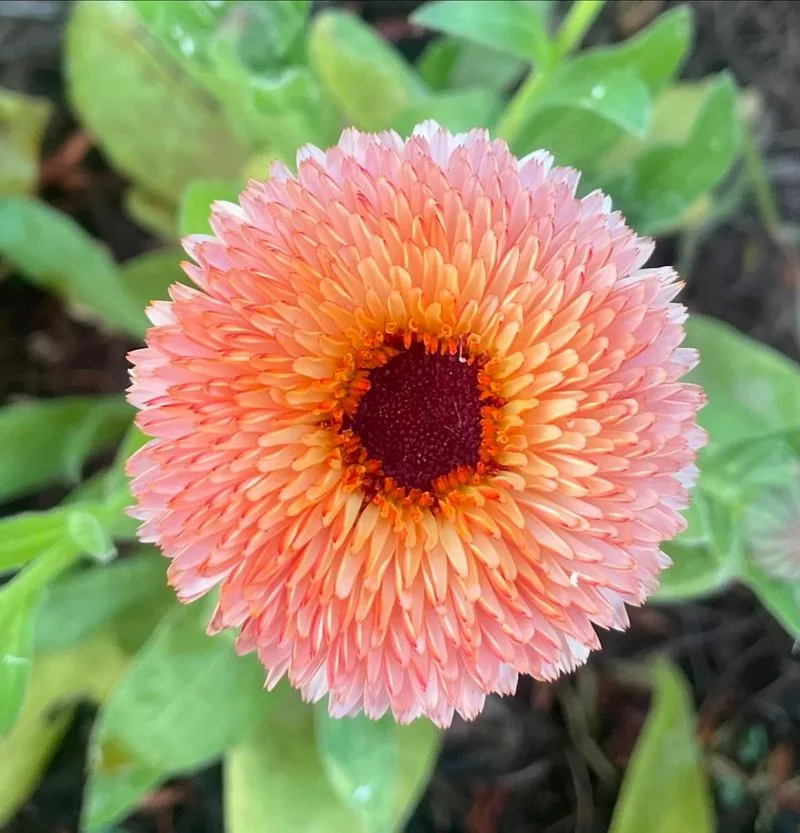
Calendula, often found in skincare products, is celebrated for its healing properties. Its bright flowers can be used to make soothing balms and oils, ideal for relieving dry or irritated skin. This herb’s gentle nature makes it suitable for all ages.
Beyond skincare, calendula can be brewed into teas for its anti-inflammatory benefits. It brings vibrant color and a cheerful energy to any garden. Often associated with sunshine and health, calendula is both a visual delight and a functional addition to herbal practices.
Rosemary
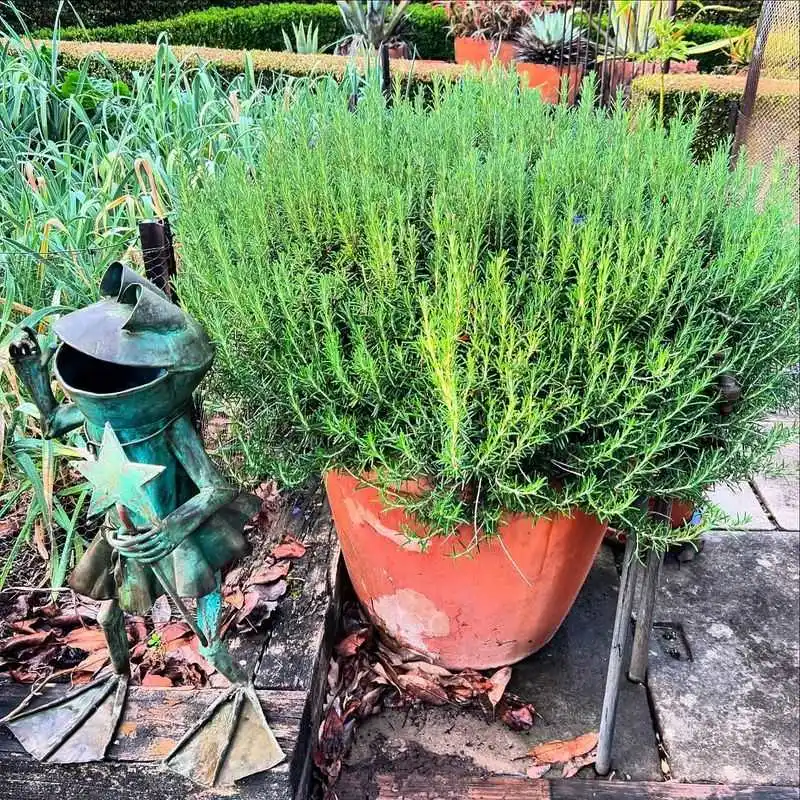
Rosemary’s needle-like leaves and aromatic scent are a feast for the senses. Commonly used in cooking, rosemary adds a savory depth to meats and roasted vegetables. Its invigorating aroma is known to boost memory and concentration, making it more than just a culinary herb.
Rosemary can be made into a hair rinse to promote healthy scalp and hair. This Mediterranean marvel thrives in sunny gardens, providing an evergreen presence year-round. Its robust character and versatile uses make rosemary an indispensable companion in culinary and health pursuits.
Basil
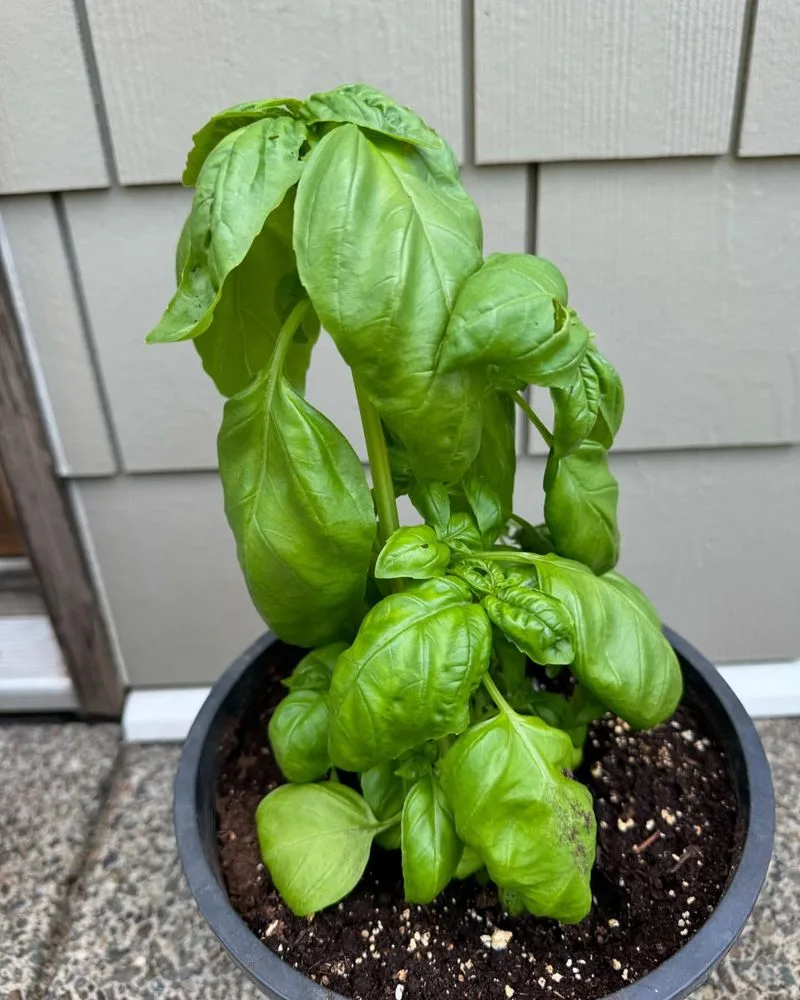
Basil’s vibrant leaves are a cornerstone of Mediterranean cuisine, adding a fresh, peppery kick to dishes. Beyond its culinary uses, basil is cherished for its anti-inflammatory and antibacterial properties, supporting overall well-being.
From pesto to pastas, basil’s versatility in the kitchen is unmatched. It’s also a natural insect repellent, making it a practical choice for gardens. With its rich history and multifaceted uses, basil is a fragrant addition that enhances both health and flavor, a true garden essential.
Oregano
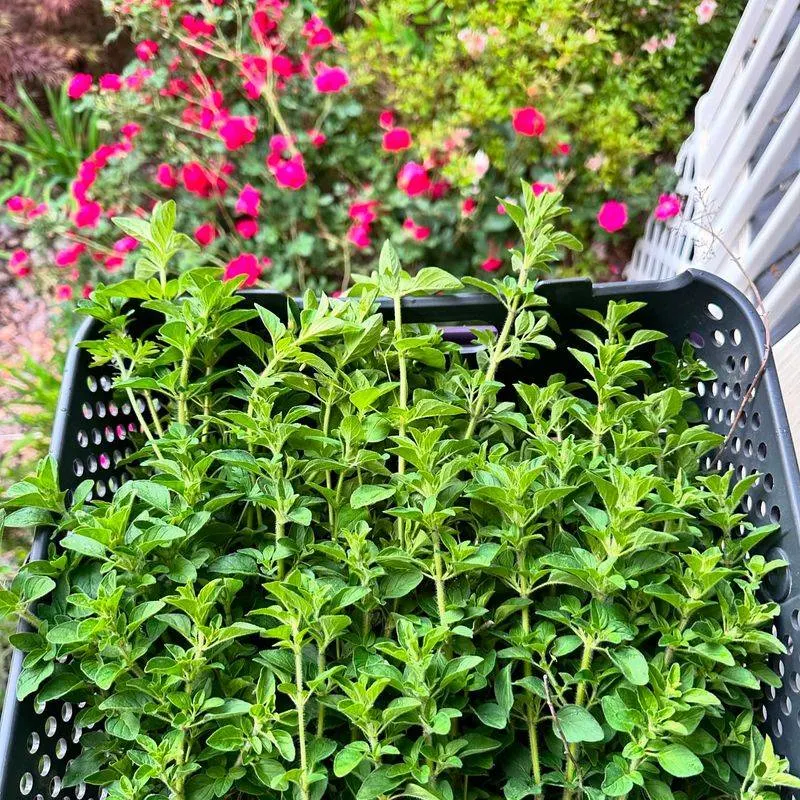
Oregano isn’t just a pizza topping; it’s a powerhouse of antioxidants. This robust herb enhances the flavor of dishes while supporting the immune system. Rich in essential oils, oregano is often used in teas and tinctures for its health benefits.
Gardening with oregano means having a perennial source of flavor and medicine. Its hardy nature makes it easy to grow, providing a steady supply of leaves for culinary and medicinal uses. As a cherished herb in traditional remedies, oregano’s potent qualities offer both taste and wellness.
Parsley
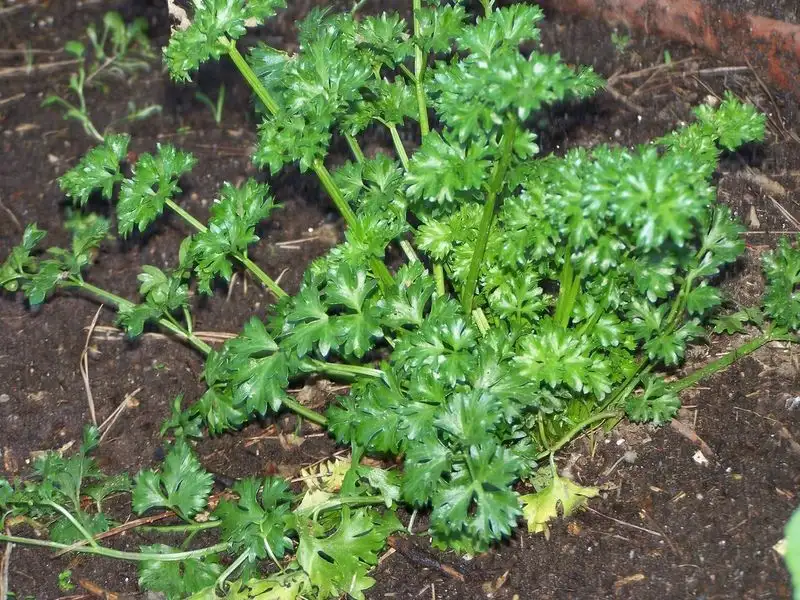
Parsley is not just a garnish; it’s a nutritional powerhouse. Loaded with vitamins A, C, and K, it supports eye health and boosts immunity. Its fresh, slightly bitter flavor makes it a versatile ingredient in salads, soups, and sauces.
Beyond the dinner plate, parsley’s diuretic properties help cleanse the kidneys, making it a valuable herb for detoxification. Its easy cultivation makes it a favorite among gardeners.
Parsley adds a burst of green to dishes and gardens alike, proving there’s more to this herb than meets the eye.
Fennel
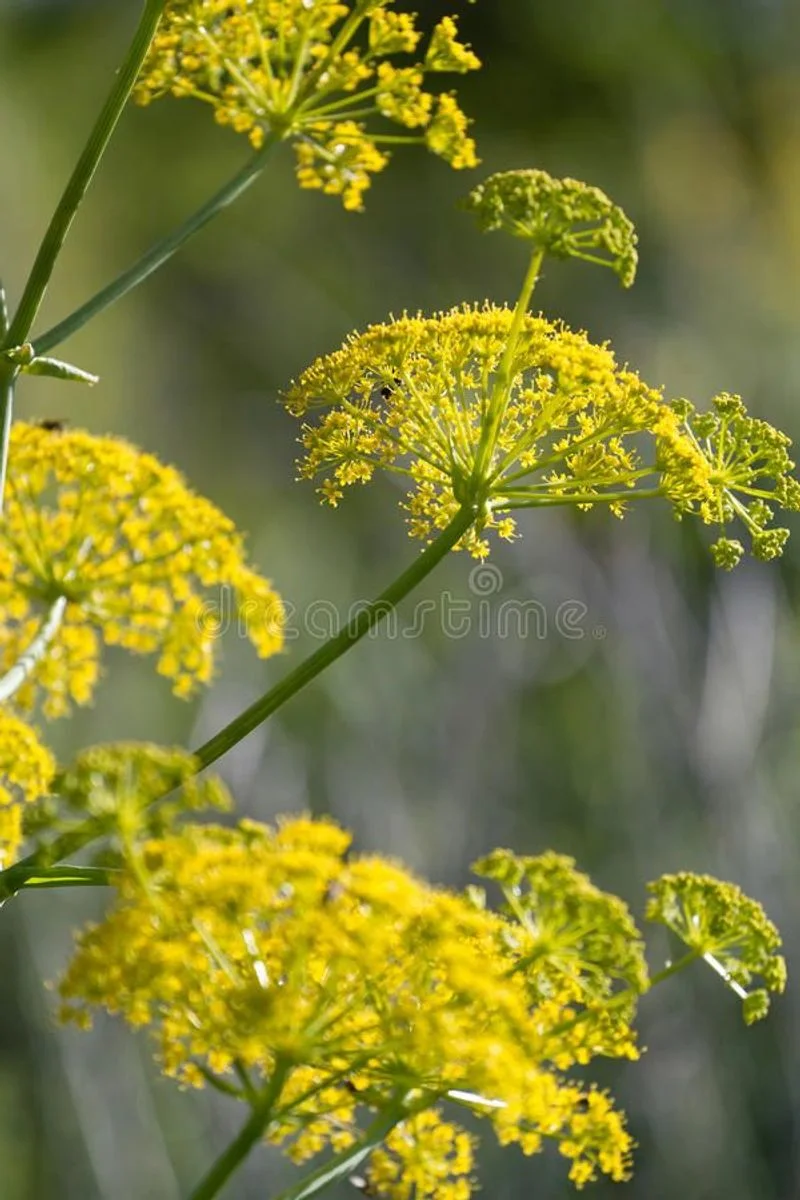
Fennel is a garden gem with a sweet, anise-like flavor. Often used in Italian and Indian cuisines, fennel’s seeds and bulbs add depth to dishes. Medicinally, it aids digestion and reduces bloating, making it a staple in herbal teas.
In the garden, fennel’s tall, feathery fronds provide a beautiful backdrop, attracting beneficial insects. Its multifaceted nature extends beyond the kitchen, offering health benefits and visual appeal. With its aromatic quality and digestive support, fennel is a dynamic addition to any herb garden.
Aloe Vera
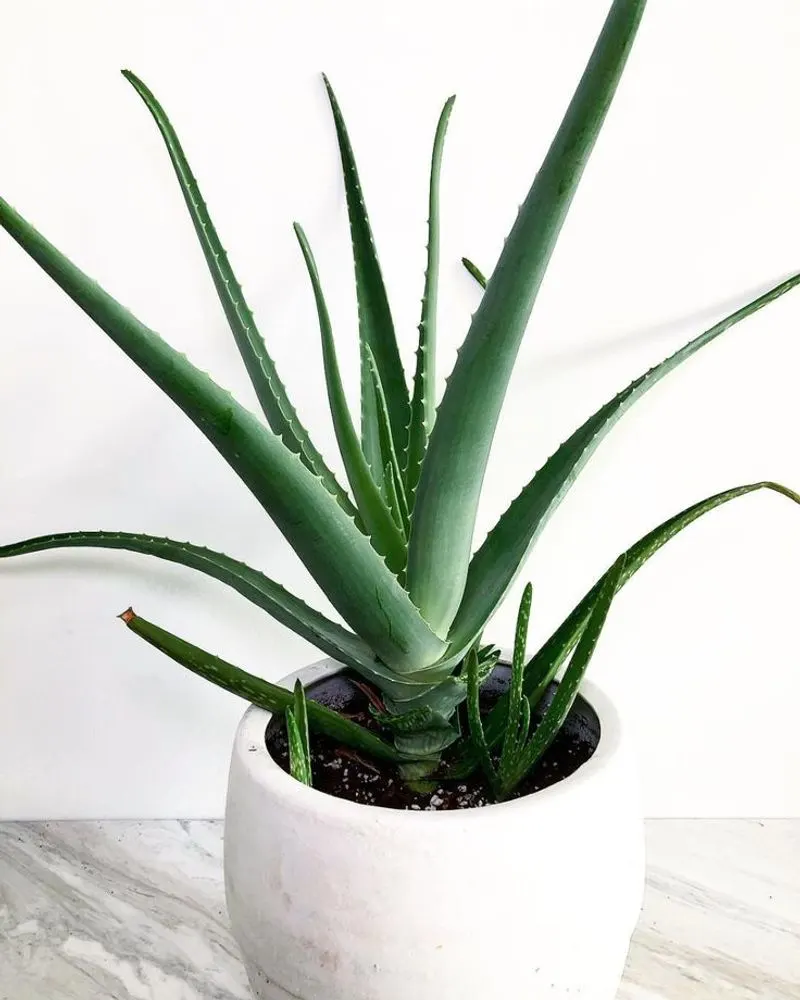
Aloe vera is nature’s soothing balm. Known for its cooling and healing properties, the gel inside its leaves is a savior for sunburned skin. Beyond first aid, aloe vera can be used in hair treatments and homemade skincare products.
In gardens, aloe vera is low-maintenance and thrives in sunny spots, providing fresh gel whenever needed. Its succulent leaves are a testament to its drought-resistant nature. As a plant revered for centuries, aloe vera’s applications extend into beauty and wellness, offering both convenience and comfort.
Cilantro
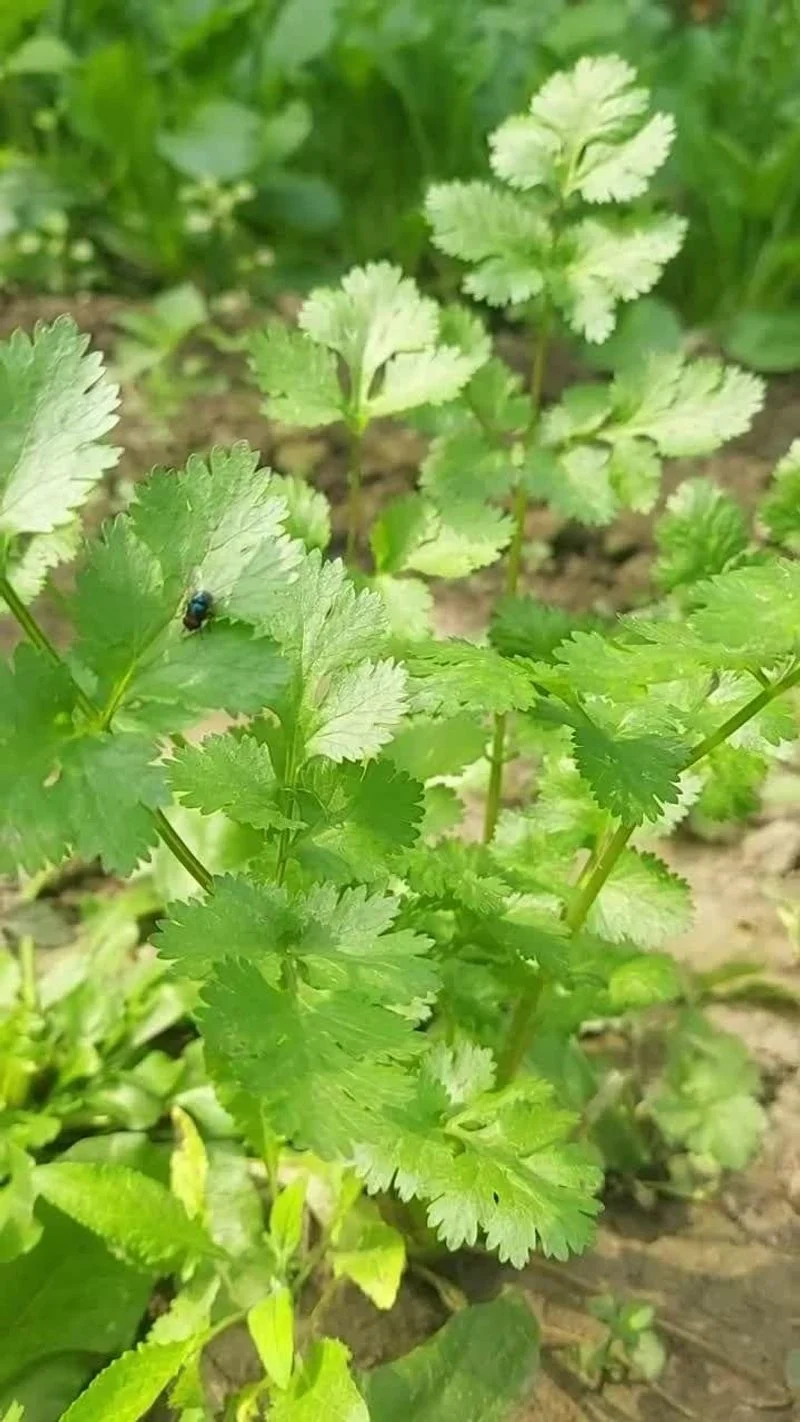
Cilantro, or coriander, is a culinary delight with a unique, citrusy flavor. It freshens up dishes from salsas to soups, providing a burst of taste. Rich in antioxidants, cilantro supports digestion and adds a nutritional boost to meals.
In the garden, cilantro’s quick-growing nature makes it perfect for successive planting. Its seeds, known as coriander, add another layer of flavor. This herb’s dual purpose in kitchen and garden highlights its versatility. For those who relish bold flavors, cilantro is an indispensable addition.
St. John’s Wort
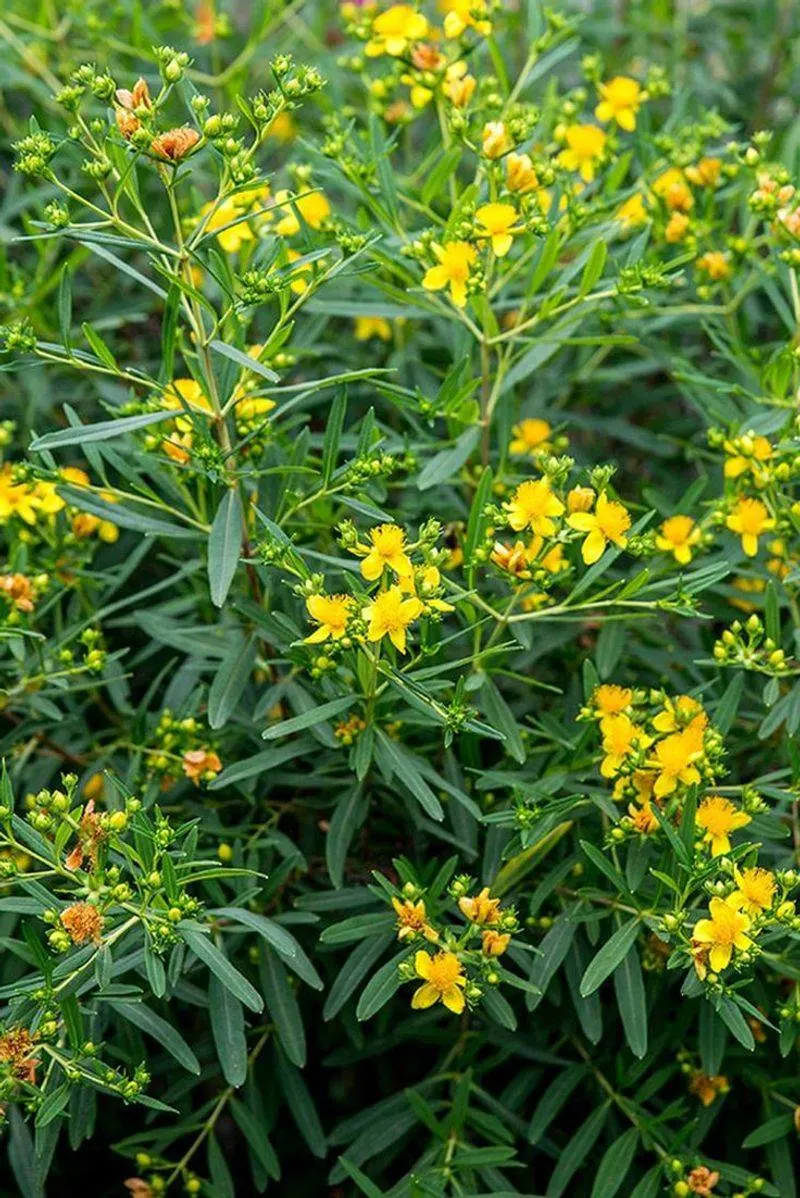
St. John’s Wort is famed for its mood-enhancing properties. Often used in teas and capsules, it supports emotional well-being. This herb’s cheerful yellow flowers are a striking addition to gardens, blooming brightly in the summer.
Beyond mood support, St. John’s Wort can be used in oils and salves to soothe minor burns and bruises. Its long history in traditional medicine underscores its value. For those seeking natural emotional support, this herb is a wise choice, blending beauty with beneficial qualities.
Yarrow
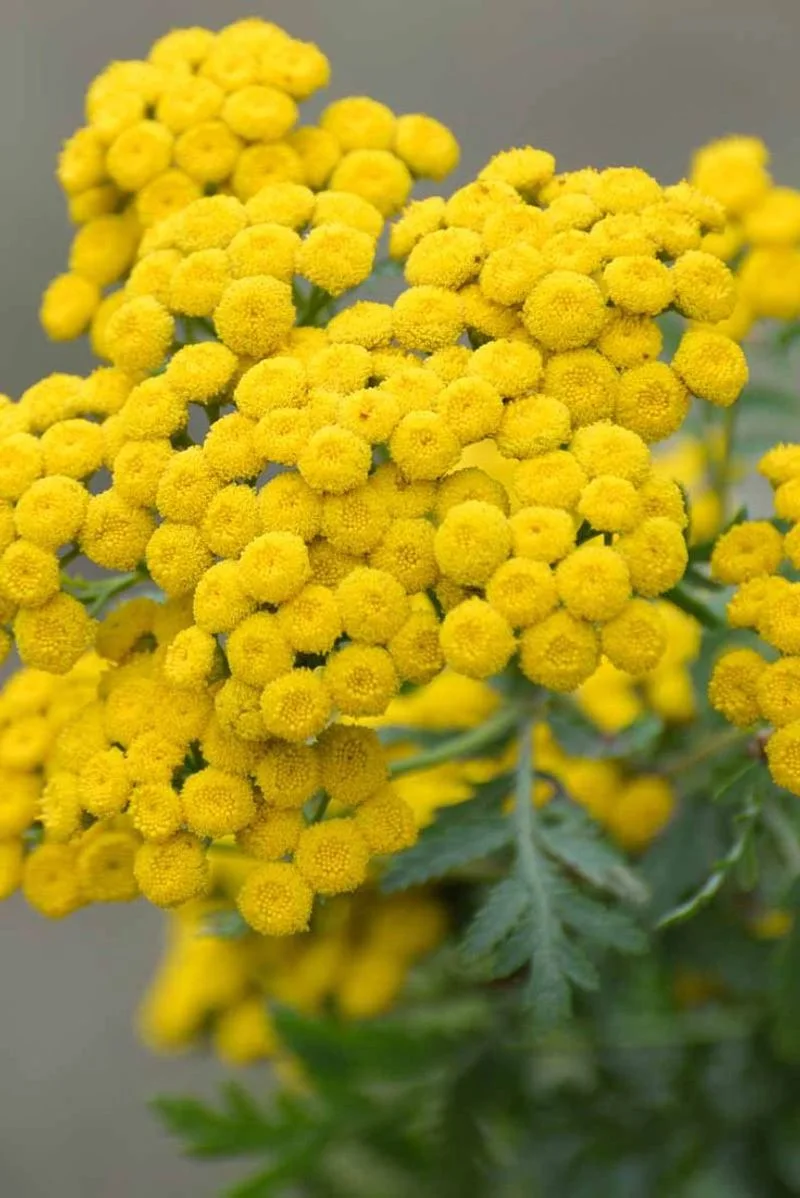
Yarrow is a multitasking marvel in herbal medicine. Known for its ability to stop bleeding, it was once a battlefield companion. Today, yarrow is used in teas to support the immune system and reduce inflammation.
Its feathery foliage and clusters of flowers add texture and interest to gardens. Yarrow’s hardy nature makes it a reliable choice for gardeners seeking resilience and beauty. With its historical roots and modern applications, yarrow offers a blend of practicality and aesthetic appeal.
Comfrey
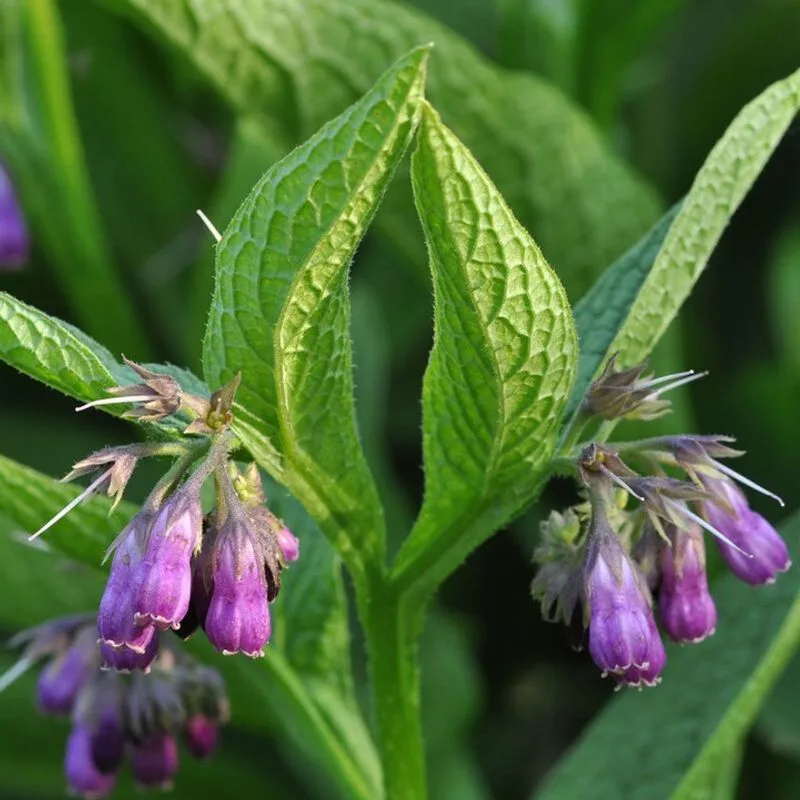
Comfrey is a gardener’s secret ally. Known for promoting healing, its leaves can be used in poultices to support wound recovery. The plant’s deep roots also improve soil quality, making it a valuable companion in permaculture.
In gardens, comfrey’s large, leafy presence provides lush greenery, often used as compost or mulch. Its ability to draw nutrients from deep within the soil enriches the surrounding plants. Comfrey’s role in garden ecosystems is as beneficial as its medicinal applications, offering dual-purpose utility.
Valerian
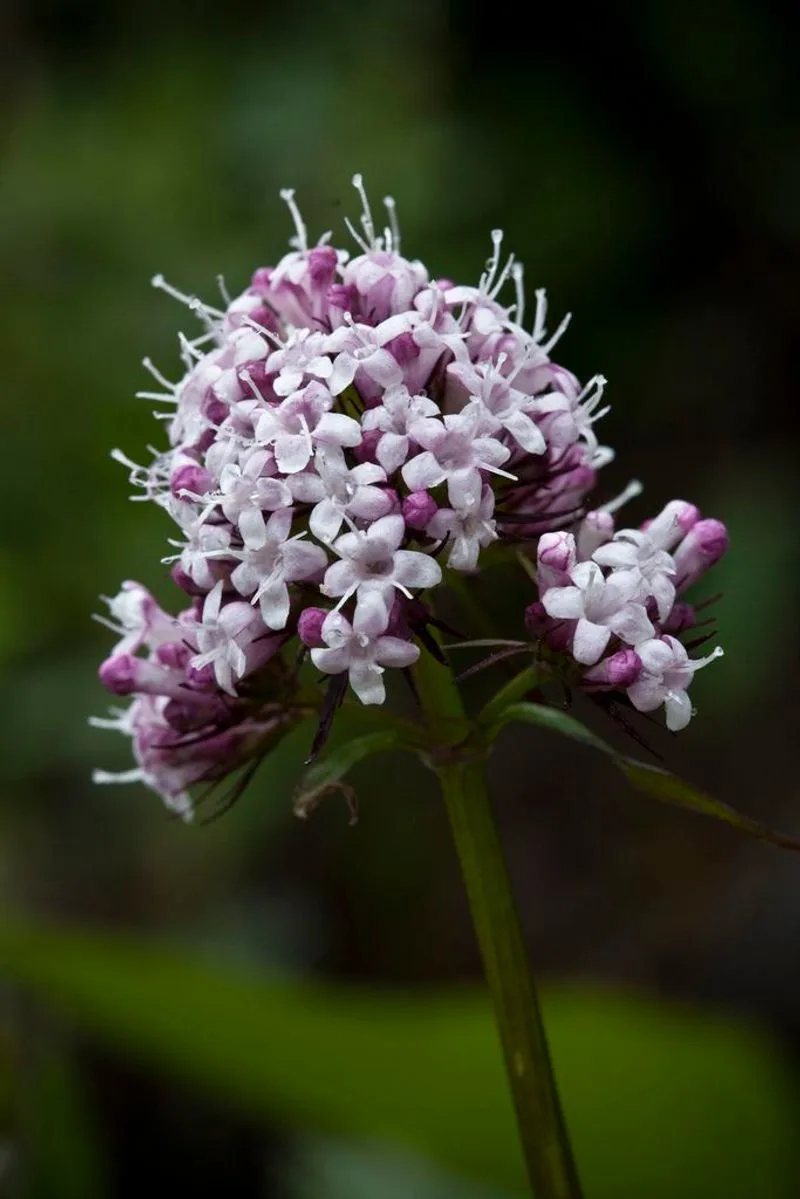
Valerian is a natural sleep aid, known for calming the mind and promoting restful slumber. Often used in teas and tinctures, it supports relaxation and reduces anxiety. The plant’s fragrant flowers add charm to any garden setting.
Beyond sleep support, valerian can be used in potpourris and sachets for its soothing scent. The herb’s long history in herbal medicine highlights its enduring appeal. For those seeking tranquility, valerian is a botanical ally, offering peace of mind through the ages.
Marigold
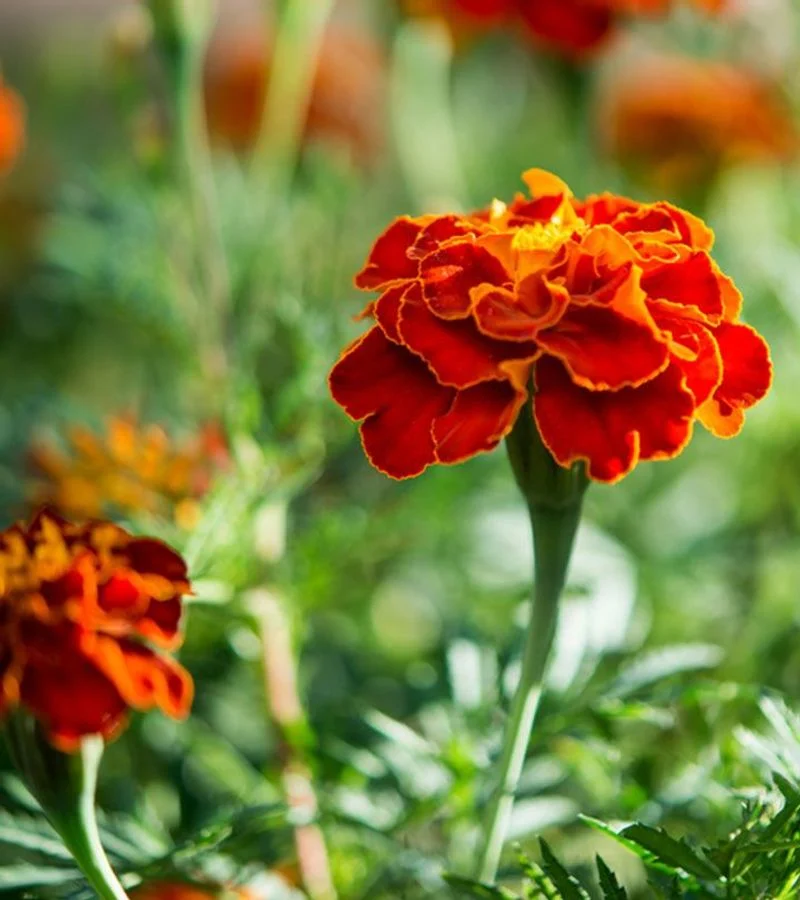
Marigolds are garden all-stars with more than just ornamental value. Known for their pest-repelling properties, they protect neighboring plants. Their edible petals can be added to salads for a pop of color and a peppery flavor.
In addition to deterring pests, marigolds have been used in traditional remedies for their anti-inflammatory qualities. This sunny flower symbolizes cheerfulness and health. As both a visual and practical asset, marigolds enrich gardens, embodying the perfect balance of beauty and functionality.

